I have histograms of audio signals where they have bimodal normal"normal" distribution. What I want to do is to detect these subpopulations inorder to have a threshholdthreshold, this is meant to divide the values into background noise and speech, the background noise and speech as each is meant to have its normal distribution. This is a preprocessing step so it can be used to make later decisions based on it.
Here is my time series of energy value (the black line in the examples belowin DB). and below its corresponding histogram
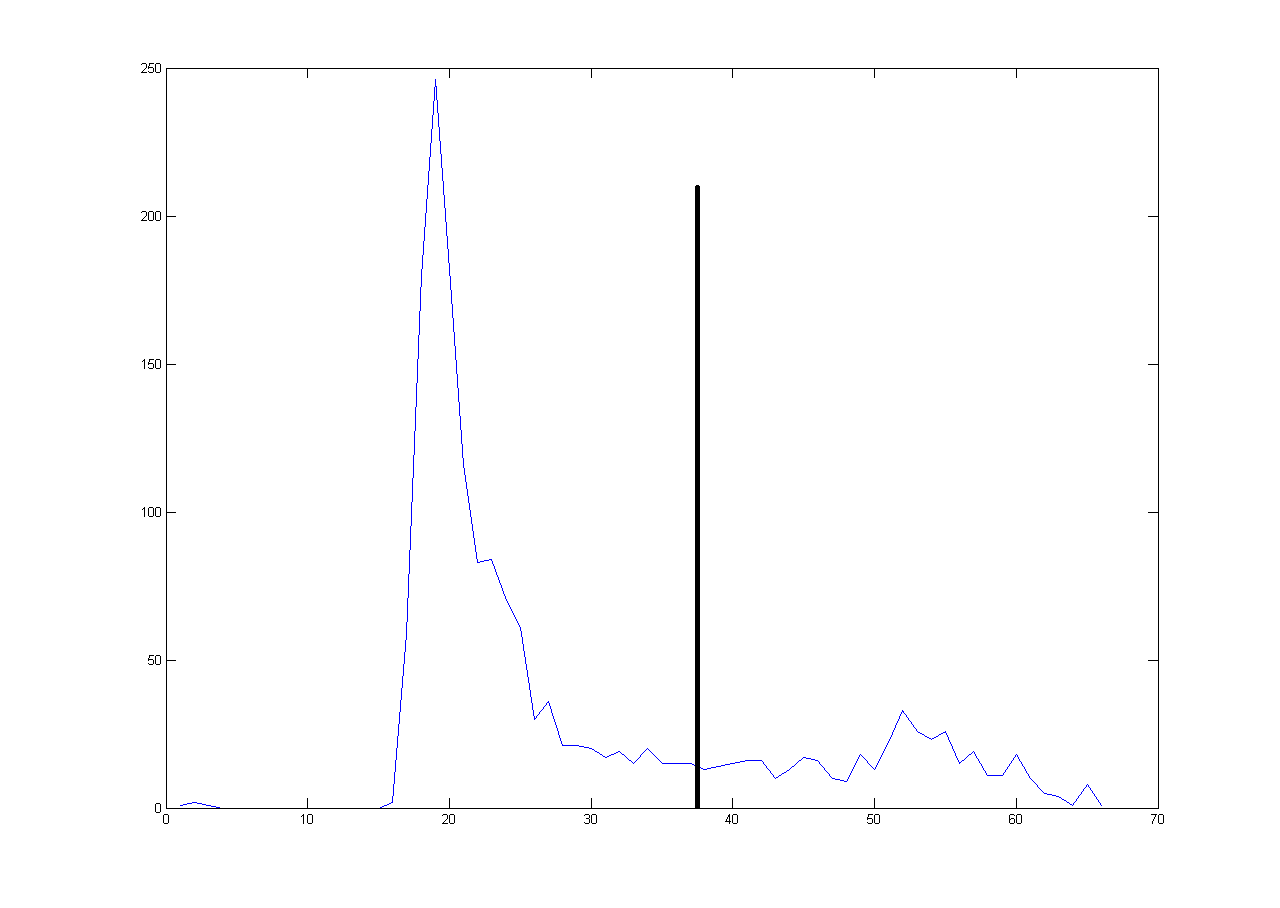
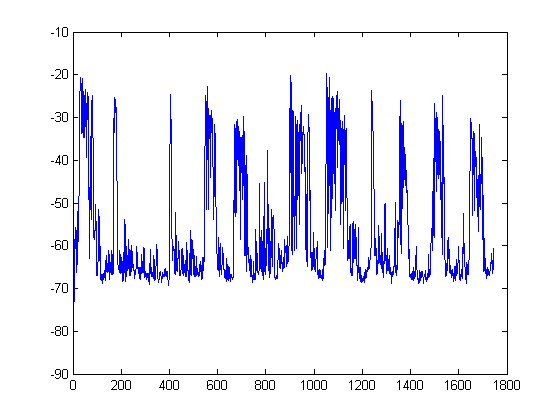
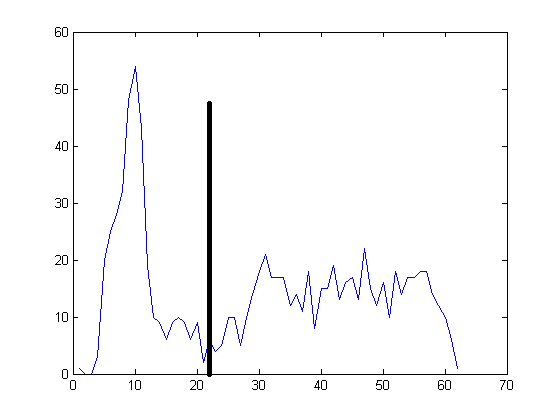
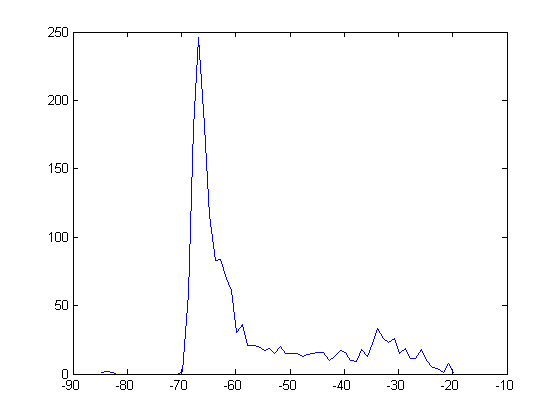
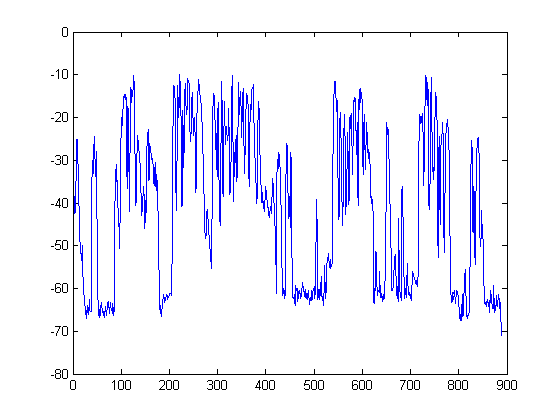
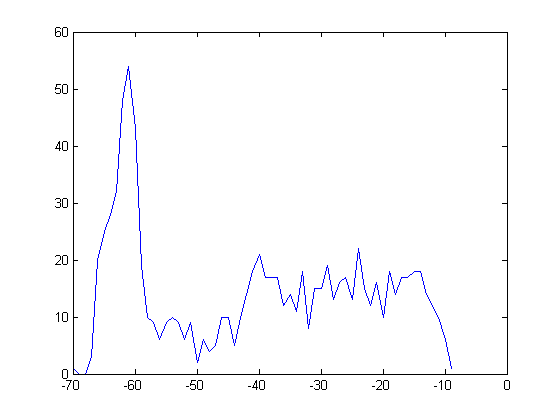
I am thinking of implementing a K-Means clustering algorithm to detect distributions. Now my question is:
Is this the correct solution? Choosing bad initial means is worrying me that the algorithm will fail to cluster correctly.
What are other solutions to separate the two distributions, I have looked at GMM, but am not sure how it helps.
if K-Means is somehow appropriate for solving such a problem how should I select the initial means, or does it depend mostly on the data ?
Note that I am new to this field so I hope to correct me if I made any horrible mistakes
